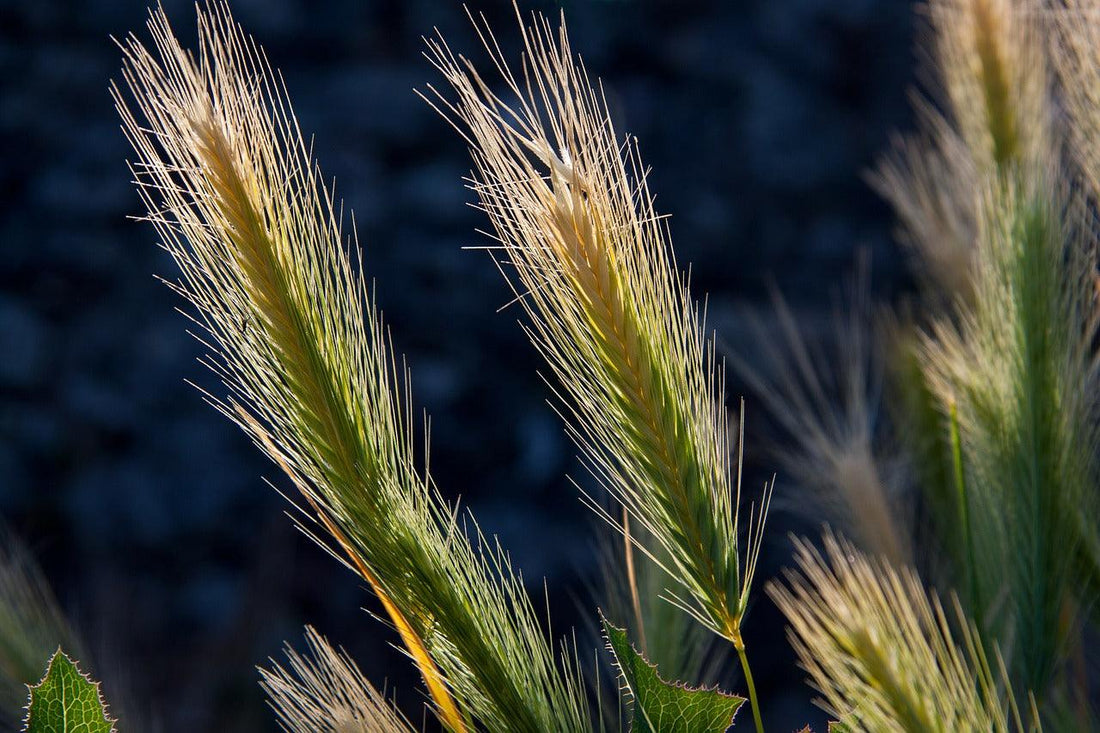
Dangerous plants and insects for dogs
Simone HendriksenShare
Summer is a wonderful time for dogs to play outside and enjoy the sun. However, the season also brings risks. Certain plants and insects can be harmful to dogs, and it is important that you are aware of them. This way you can prevent poisoning and diseases! In this article I discuss some of the most dangerous plants and insects for dogs during the summer months, and the steps you can take to protect your dog.
Dangerous Plants
1. Oleander:
- Poisonous Parts: All parts of the oleander plant are poisonous.
- Symptoms: Vomiting, diarrhea, lethargy, abnormal heartbeat, and even death if ingested in large quantities.

2. Lilies:
- Toxic parts: Especially the flowers and leaves.
- Symptoms: Vomiting, abdominal pain, loss of appetite and in severe cases kidney failure.

3. Foxglove:
- Poisonous parts: All parts of the plant.
- Symptoms: Vomiting, diarrhea, cardiac arrhythmias and in severe cases death.

4. Azalea:
- Poisonous parts: Leaves and flowers.
- Symptoms: Excessive salivation, vomiting, diarrhea, lethargy and heart problems.

5. Rhododendron:
- Poisonous parts: Leaves and flowers.
- Symptoms: Vomiting, diarrhea, lethargy and in severe cases coma or death.

6. Hydrangea:
- Poisonous parts: Leaves and flowers.
- Symptoms: Vomiting, diarrhea, lethargy and in severe cases respiratory problems.

7. Grass ears:
- Danger: Grass ears can get stuck in your dog's coat, skin or ears and cause serious inflammation.
- Symptoms: Heavy licking or scratching, swelling, redness and pain. In severe cases, it can lead to abscesses or internal damage if the grass ear penetrates deep into the body.

Dangerous insects
1. Sign:
- Danger: Ticks can transmit diseases such as Lyme disease and Ehrlichiosis.
- Symptoms of infection: Fever, lethargy, loss of appetite, joint pain and swelling.
2. Mosquitoes:
- Danger: Mosquitoes can transmit heartworms.
- Symptoms of heartworm: Coughing, fatigue, weight loss, and in severe cases, heart failure.
3. Bites and stings of bees, wasps and hornets:
- Danger: Bee and wasp stings can cause allergic reactions.
- Symptoms: Swelling, pain, breathing problems and in severe cases anaphylactic shock.
4. Fleas:
- Danger: Flea bites can cause skin irritations and allergies, and fleas can also transmit tapeworms.
- Symptoms: Itching, redness of the skin, hair loss and in severe cases anemia.
5. Processionary caterpillar:
- Danger: The hairs of the processionary caterpillar can cause serious allergic reactions and skin irritations.
- Symptoms: Itching, rash, breathing problems and in severe cases eye irritations and inflammation.
Precautionary actions
1. Keep your garden safe: Remove poisonous plants from your garden or make sure your dog can't get to them.
2. Inspect your dog regularly for ticks: Use preventive measures against ticks and check your dog after every walk.
3. Use flea and tick prevention: There are various products on the market that can help protect your dog against fleas and ticks.
4. Be careful during walks: Pay attention to where your dog sniffs and make sure he does not come into contact with dangerous insects or plants. You can use the command "we move on" if you see that there are dangerous plants.
5. If there are signs of poisoning: Contact your veterinarian immediately if your dog shows symptoms of poisoning or an allergic reaction.
By being aware of these dangers and taking precautions, you can ensure your dog stays safe and healthy during the summer months. Enjoy the beautiful weather and take good care of your sweet dog!
